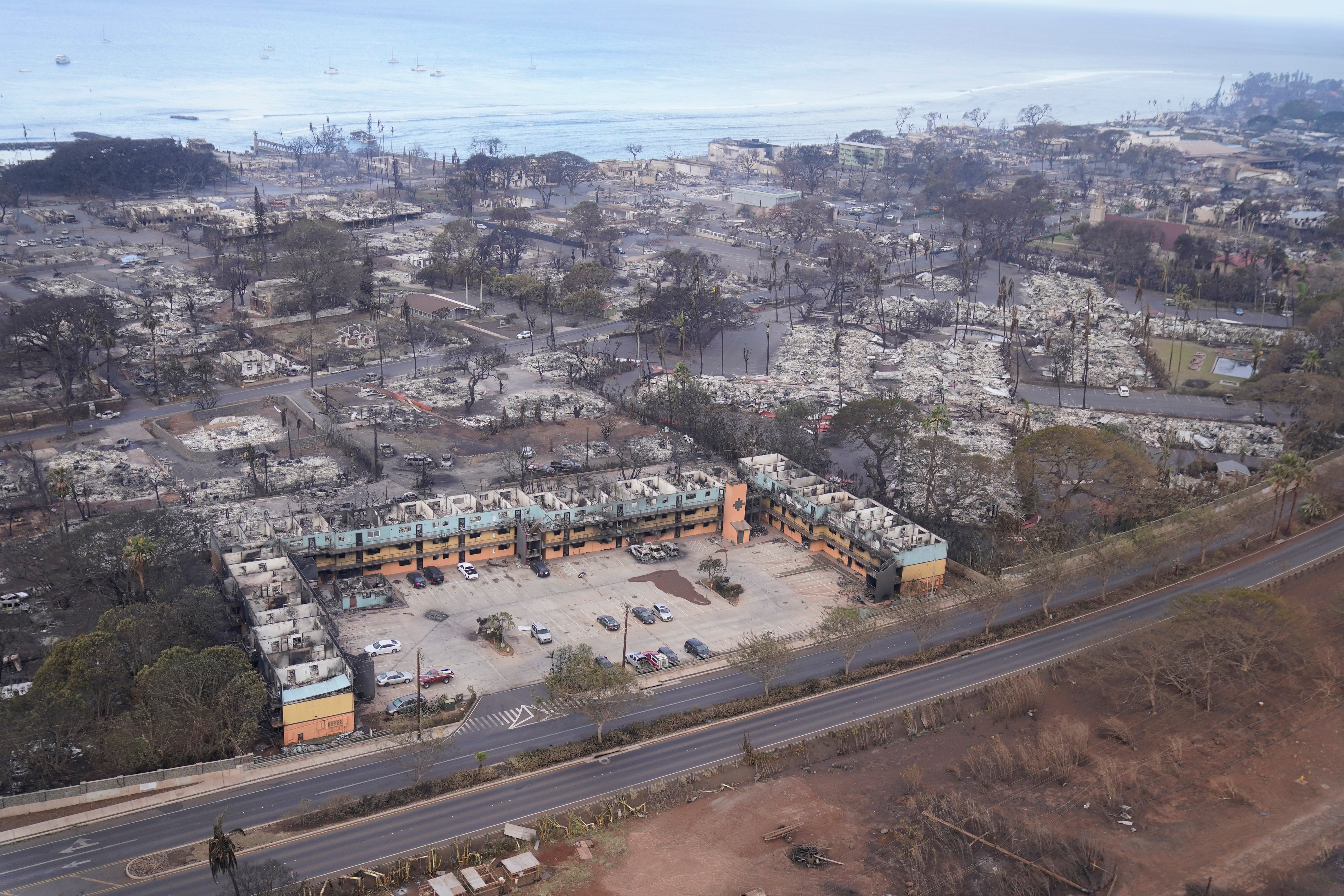Reporter covering Maui fires surveys destruction of once-vibrant Hawaii town: ‘Ash and debris’
A Las Vegas-based video journalist for The Associated Press dispatched to cover devastating wind-fueled wildfires in Hawaii says the scene over Maui was one of the worst he’s seen in more than eight years of covering the disasters

I've seen my share of a wildfire's destruction on a community, but in more than eight years of covering these disasters as a video and photojournalist, the scene over Hawaii was one of the worst.
Based in Las Vegas, I'm used to being dispatched to wildfires in other places. I flew to Hawaii on Wednesday, and by Thursday morning, I was in a helicopter flying over Lahaina, a normally vibrant west Maui town that draws visitors from all over the world. What struck me the most was the lack of color of the scorched earth sandwiched between glistening blue ocean and deep green-brown mountains in the distance.
No plants or trappings of island life. Just gray.
Street after street after street was nothing but rubble and foundation. Ash and debris.
It was so one-dimensional that it was hard to imagine the scenic town that was once here. King Kamehameha III Elementary School was decimated, a mess of collapsed steel. There was a neighborhood near the water that was completely gone — not a single structure remained.
I couldn't see any active flames amid pockets of wispy smoke.
One sight made me worried and provided a grim clue of the chaos of approaching fire: Charred vehicles in the road along Front Street. They weren't parked on the side of the road. Were drivers actively trying to flee and couldn't? What happened to them?
I'm also a former wildland firefighter. I observed that the area of fire out in the trees and brush seemed very small compared to the amount of the town that was burned. What seemed to be a large majority of the fire was in the town itself. I'm used to seeing something like a 30,000 acre-fire (12,000 hectare-fire) burning down a little town. But this looked to me like a small wildland fire that exploded as it hit homes and businesses.
The fire's reach extended to the ocean. I could see burned ships out in the water, which made me ponder the force of ember-carrying winds.
From above, I also didn't expect to see people. Here and there, people were walking around, seeming to begin assessing the devastation.
Now that officials say the Lahaina fire is 80% contained, perhaps we'll start to see that more than ash gray remains.


Bookmark popover
Removed from bookmarks